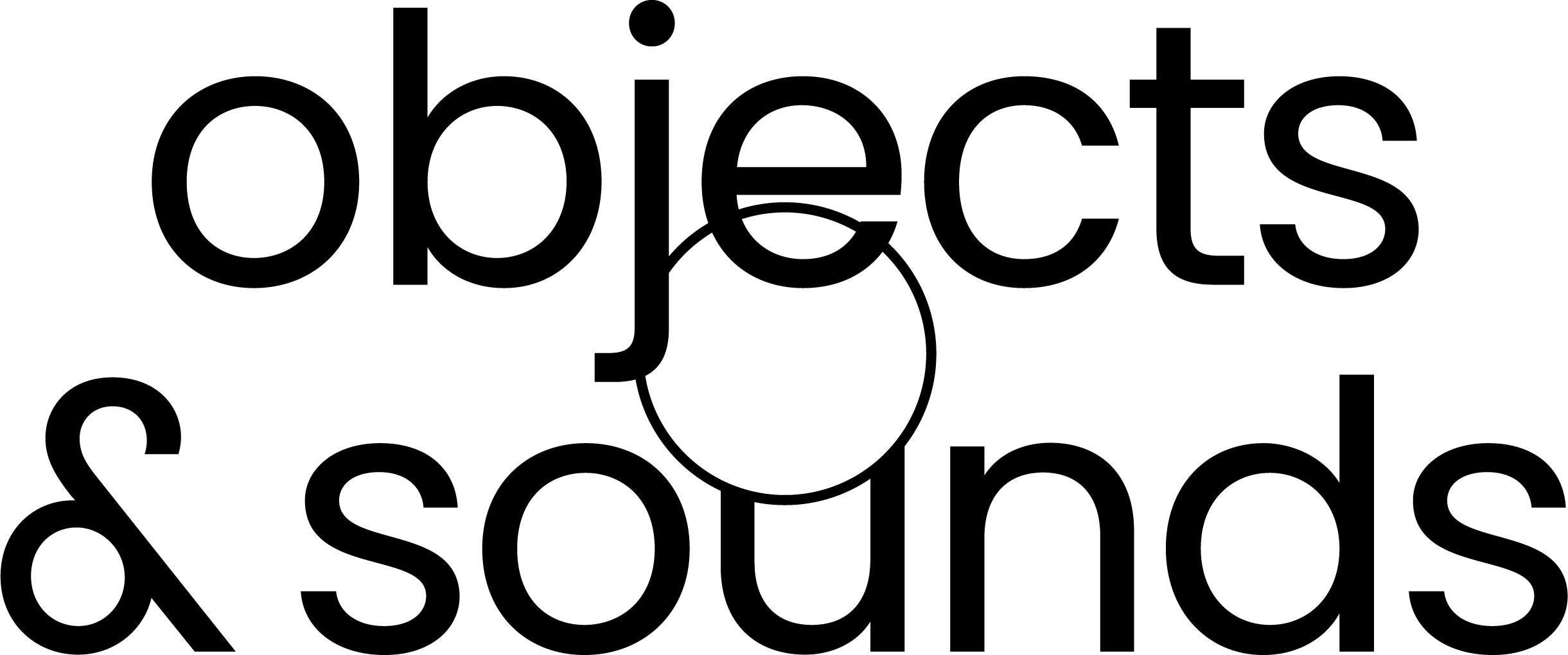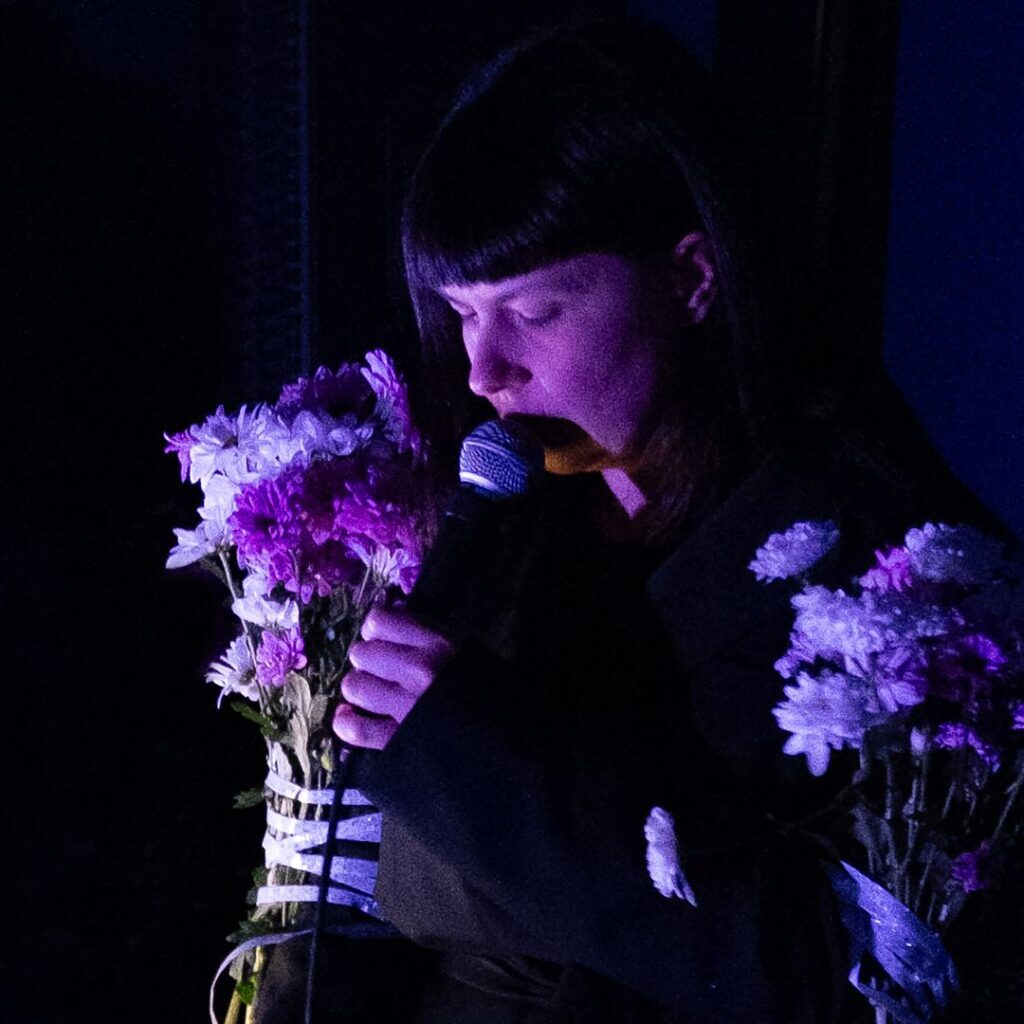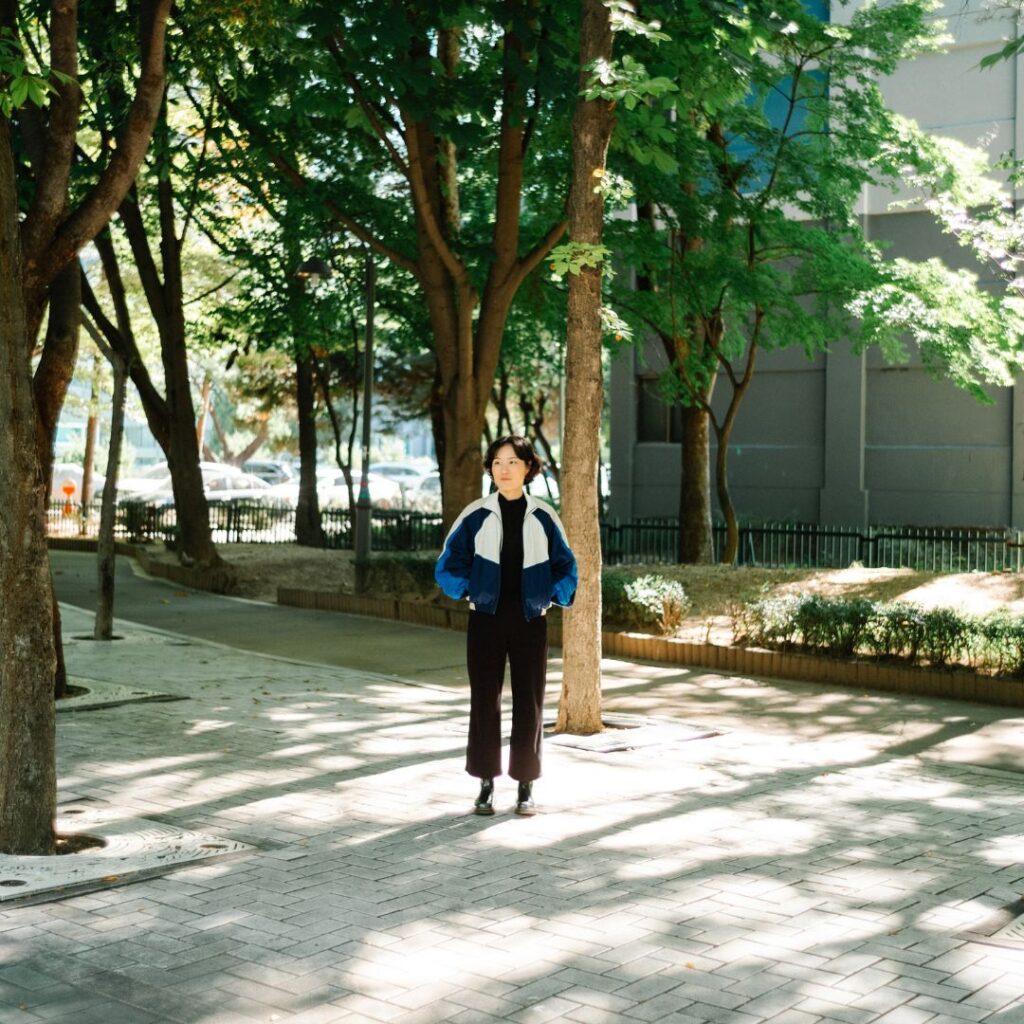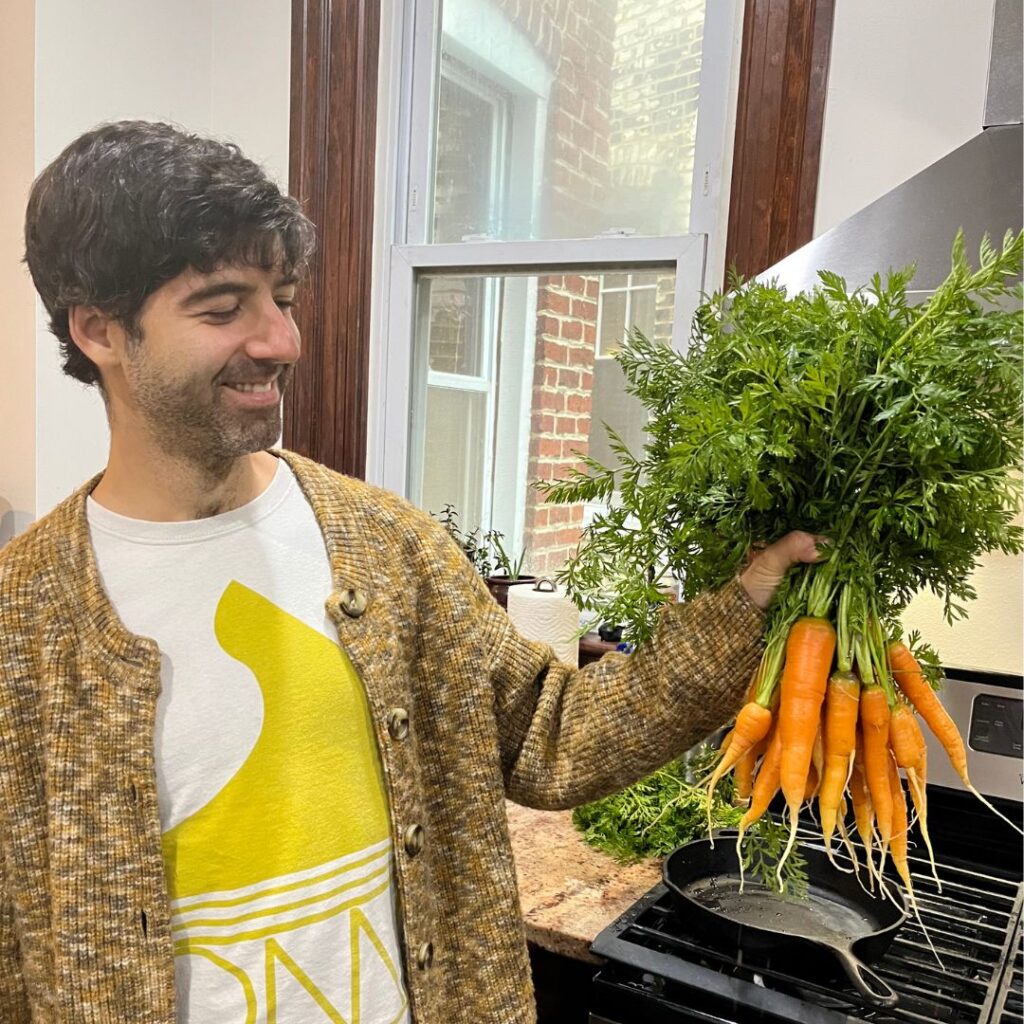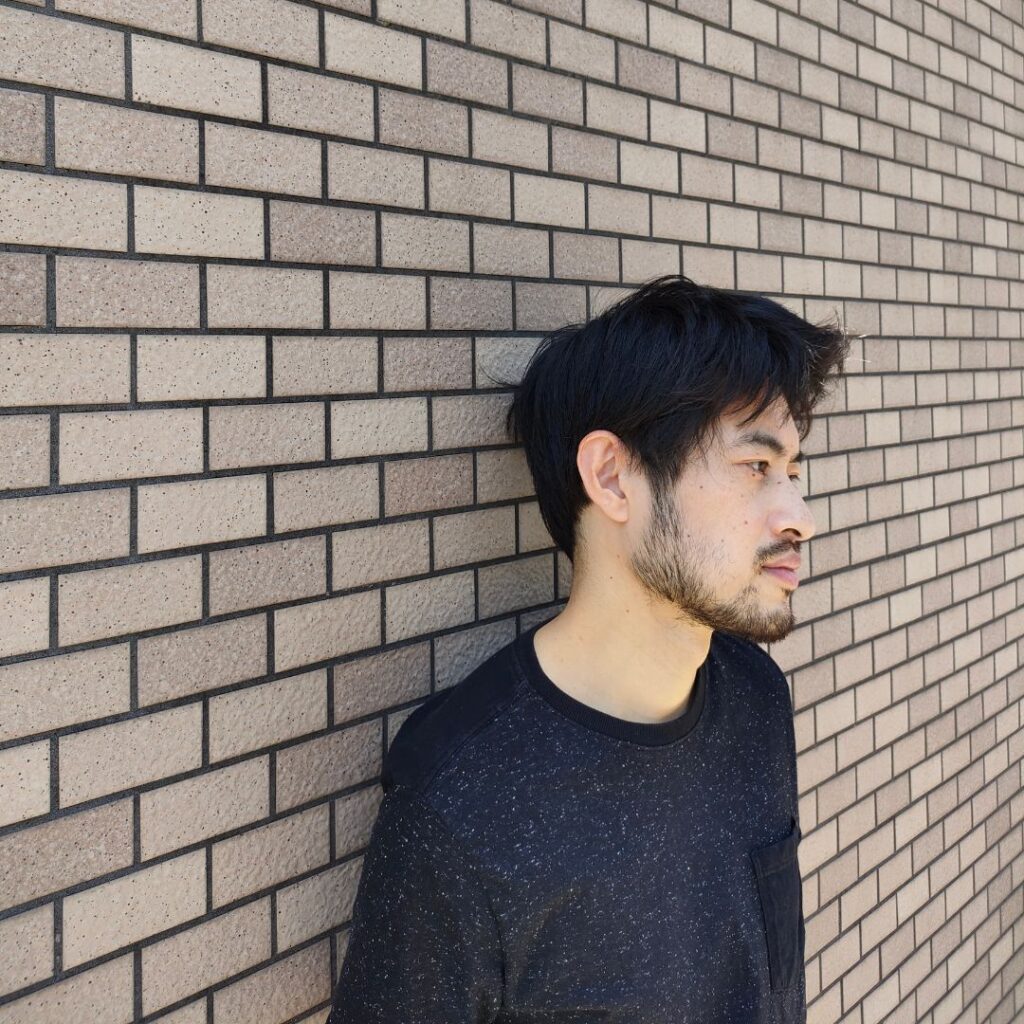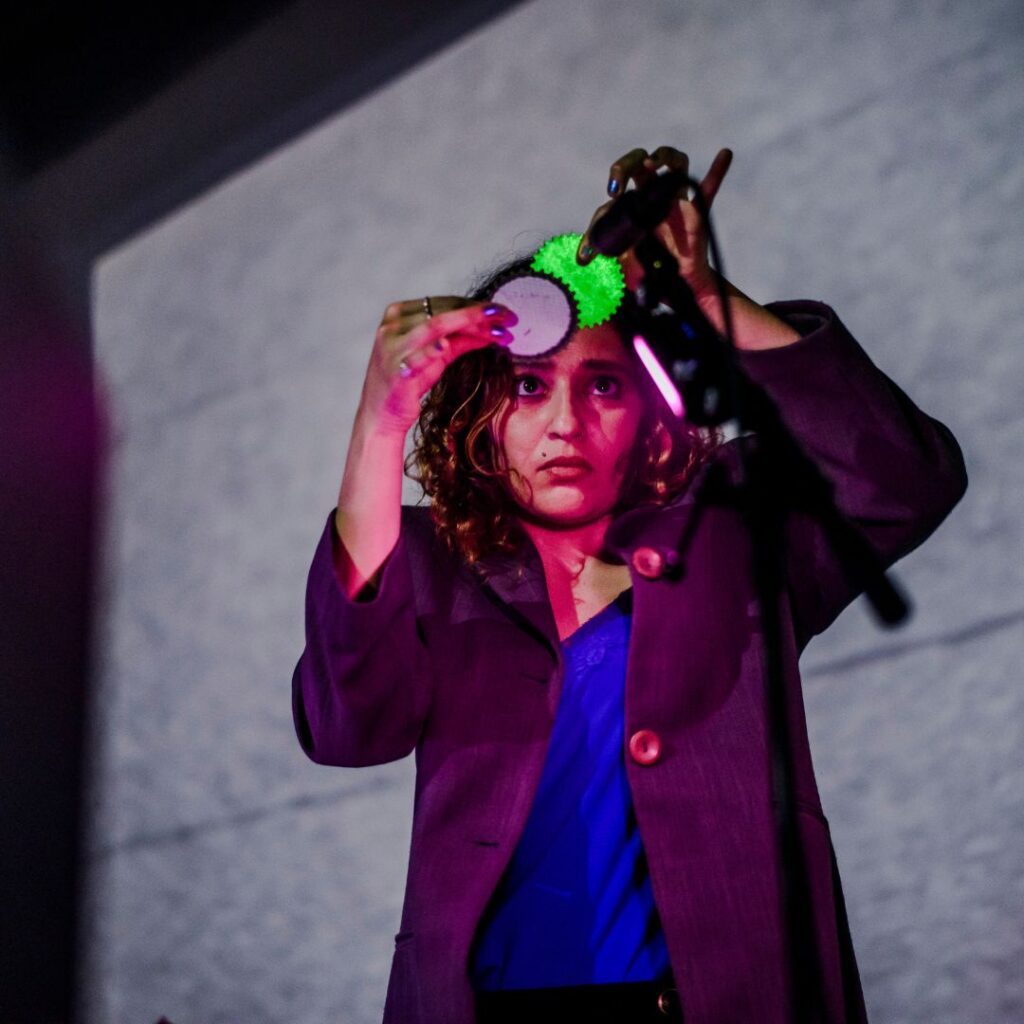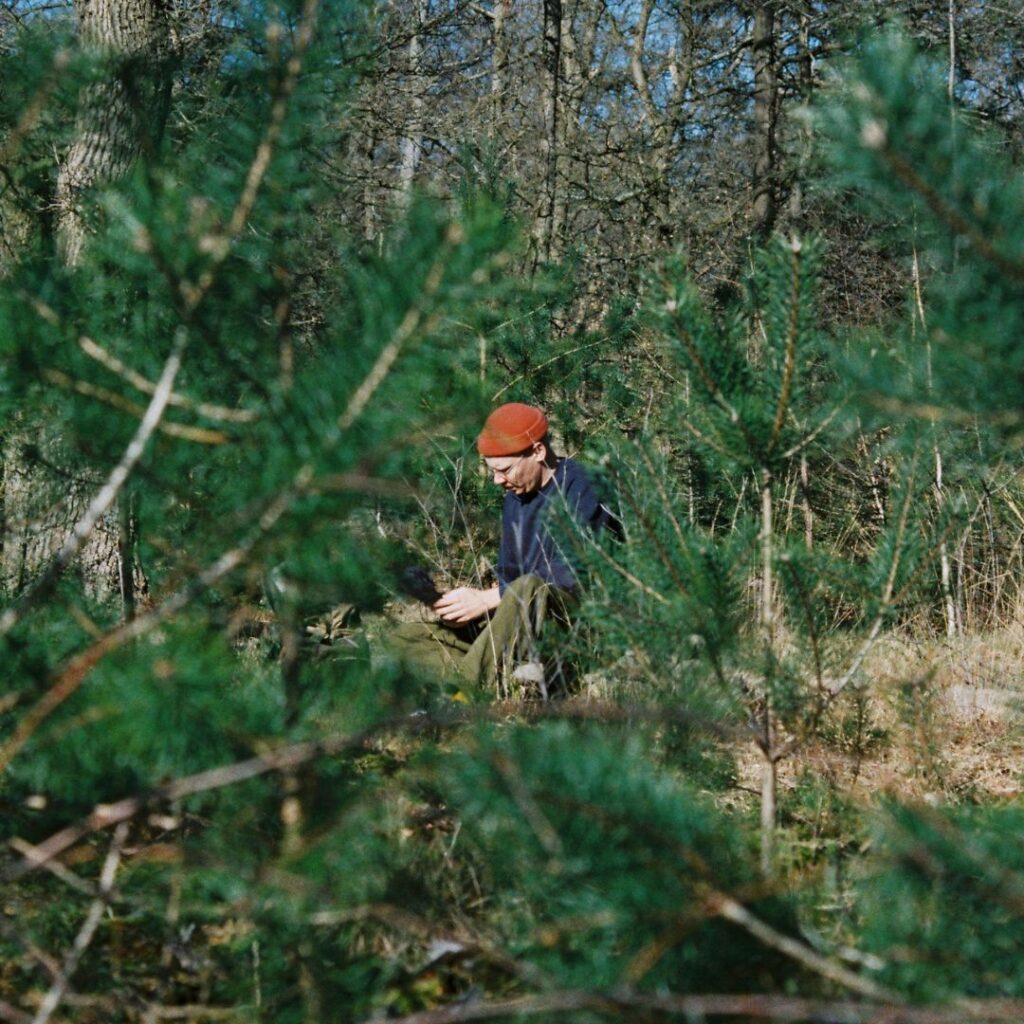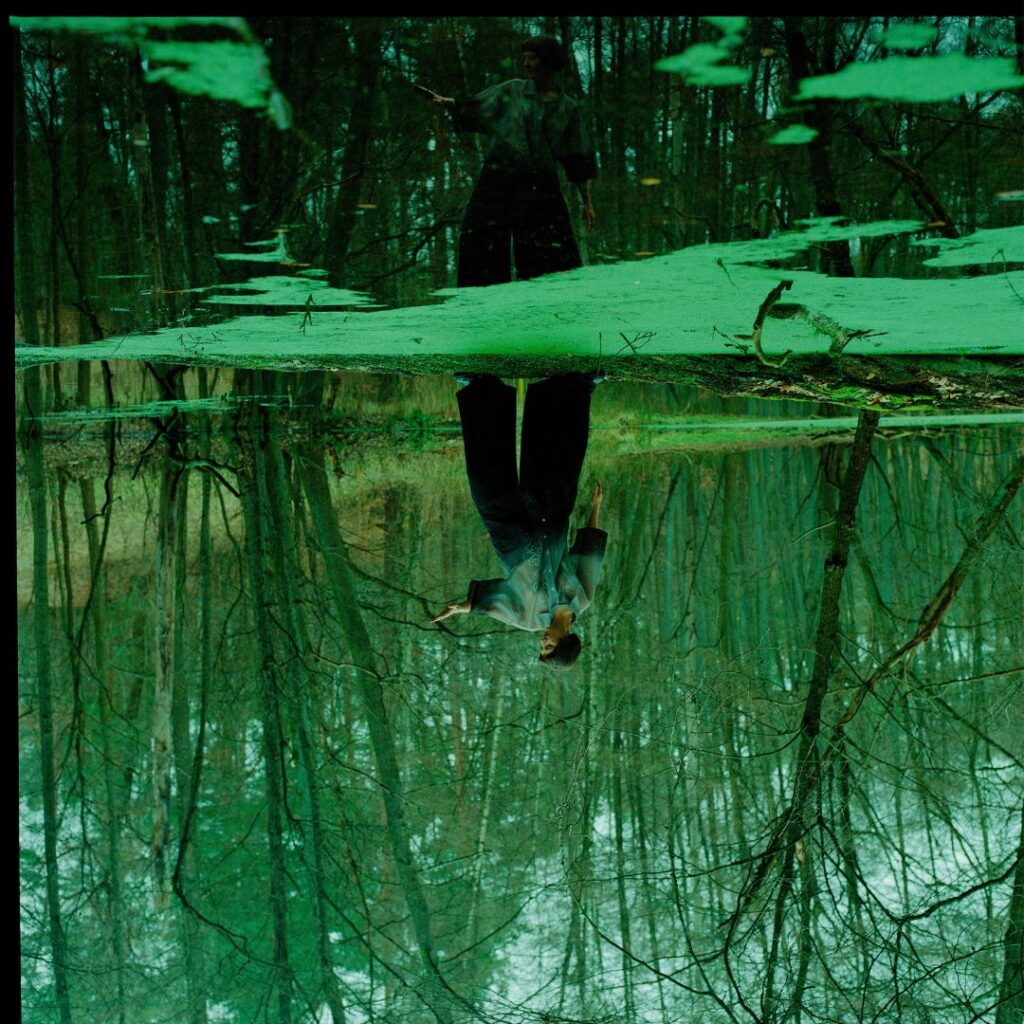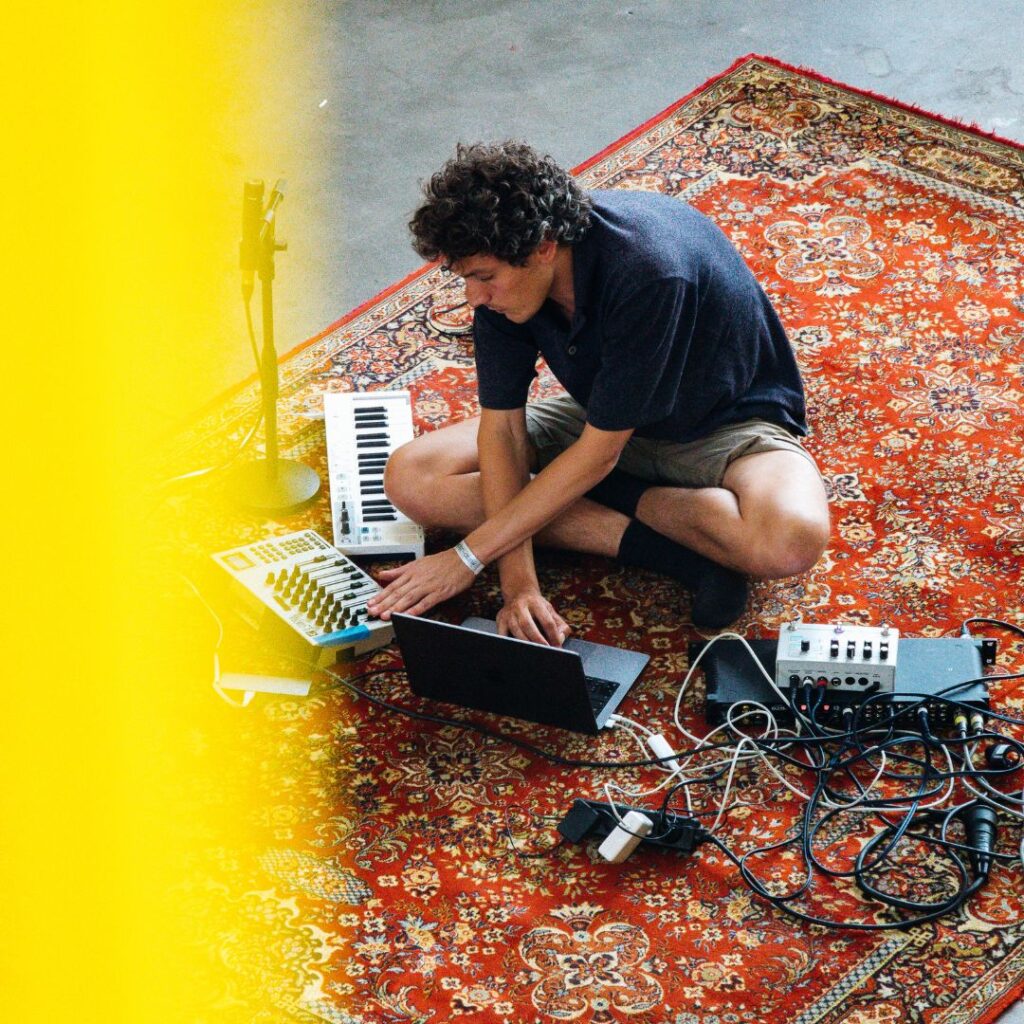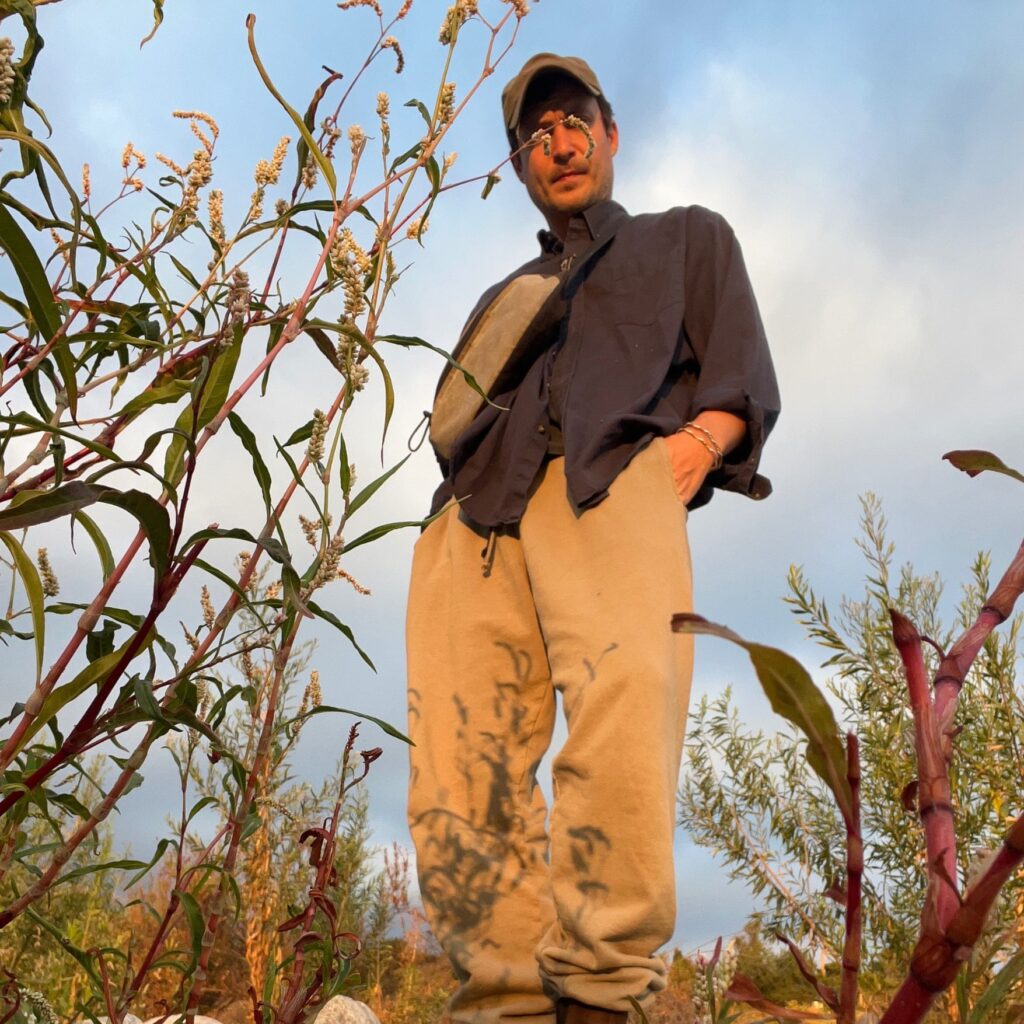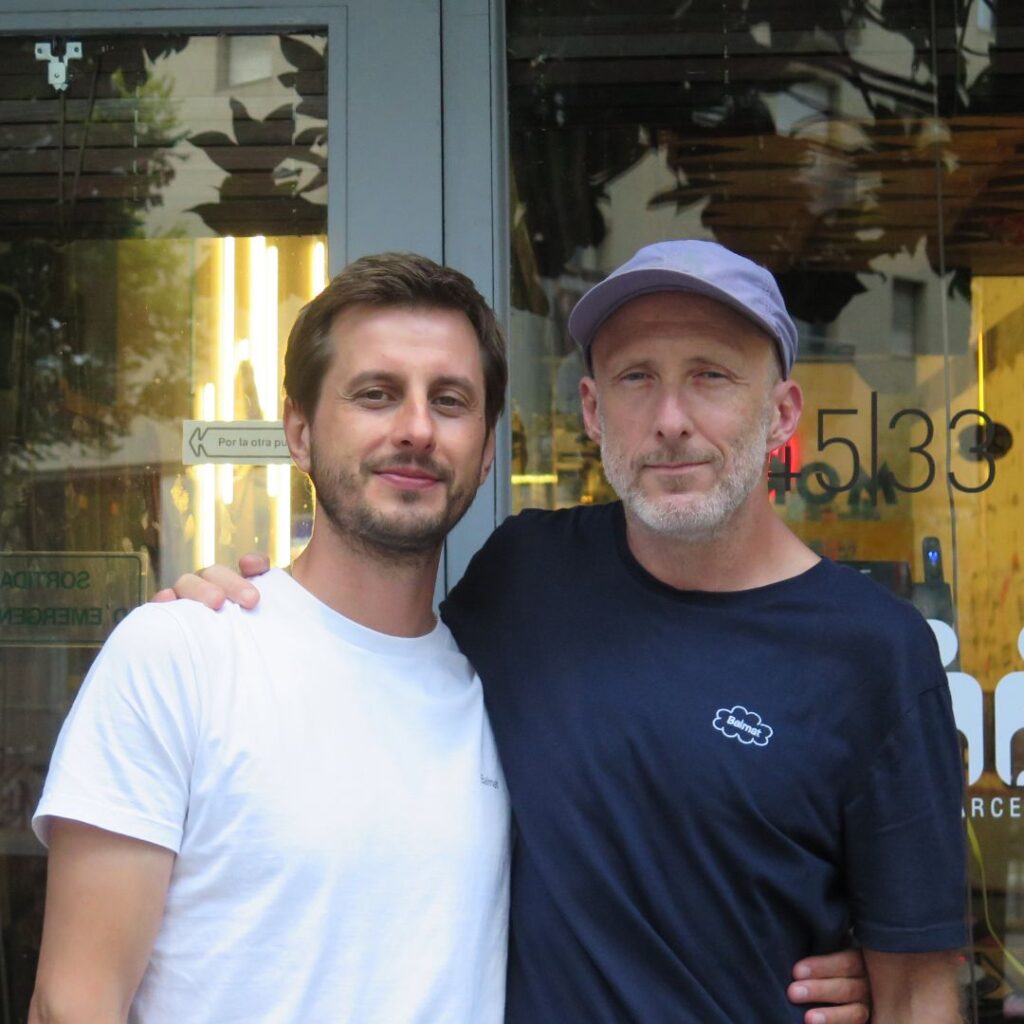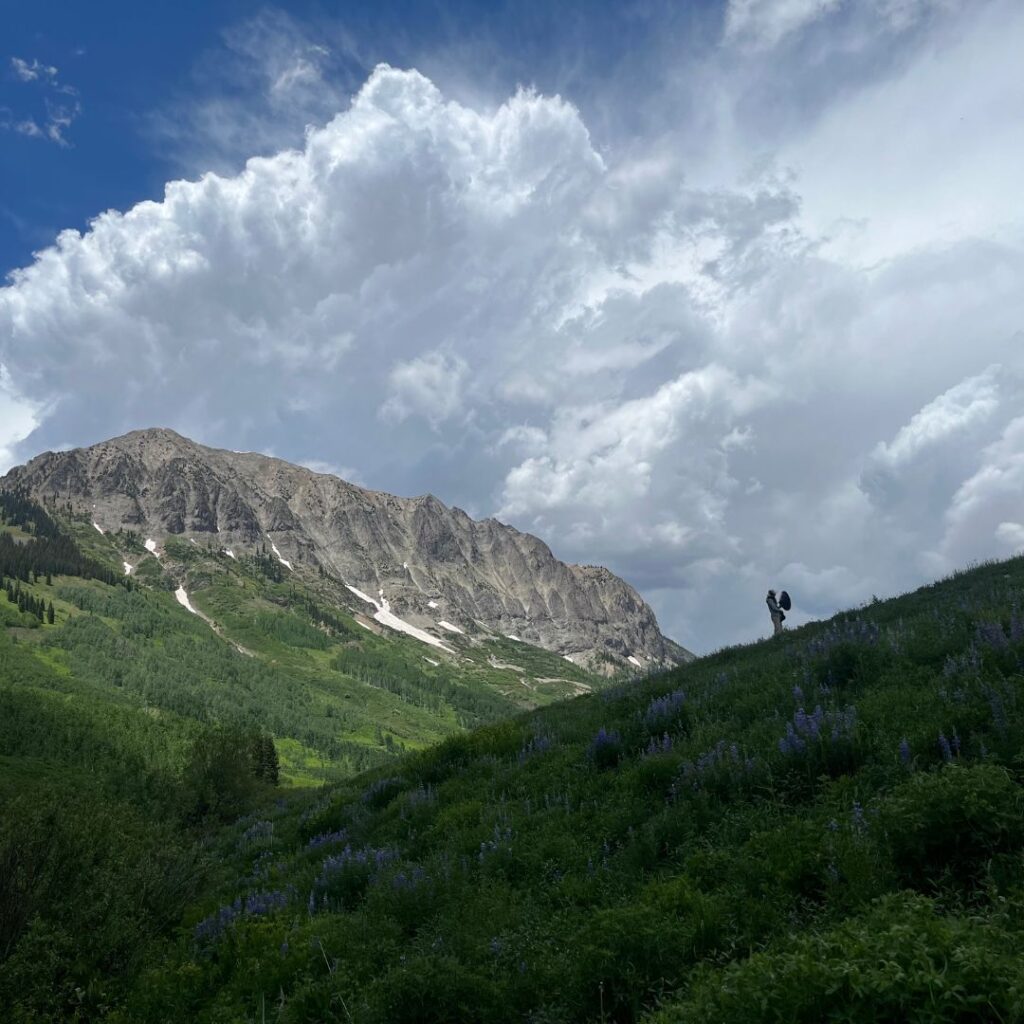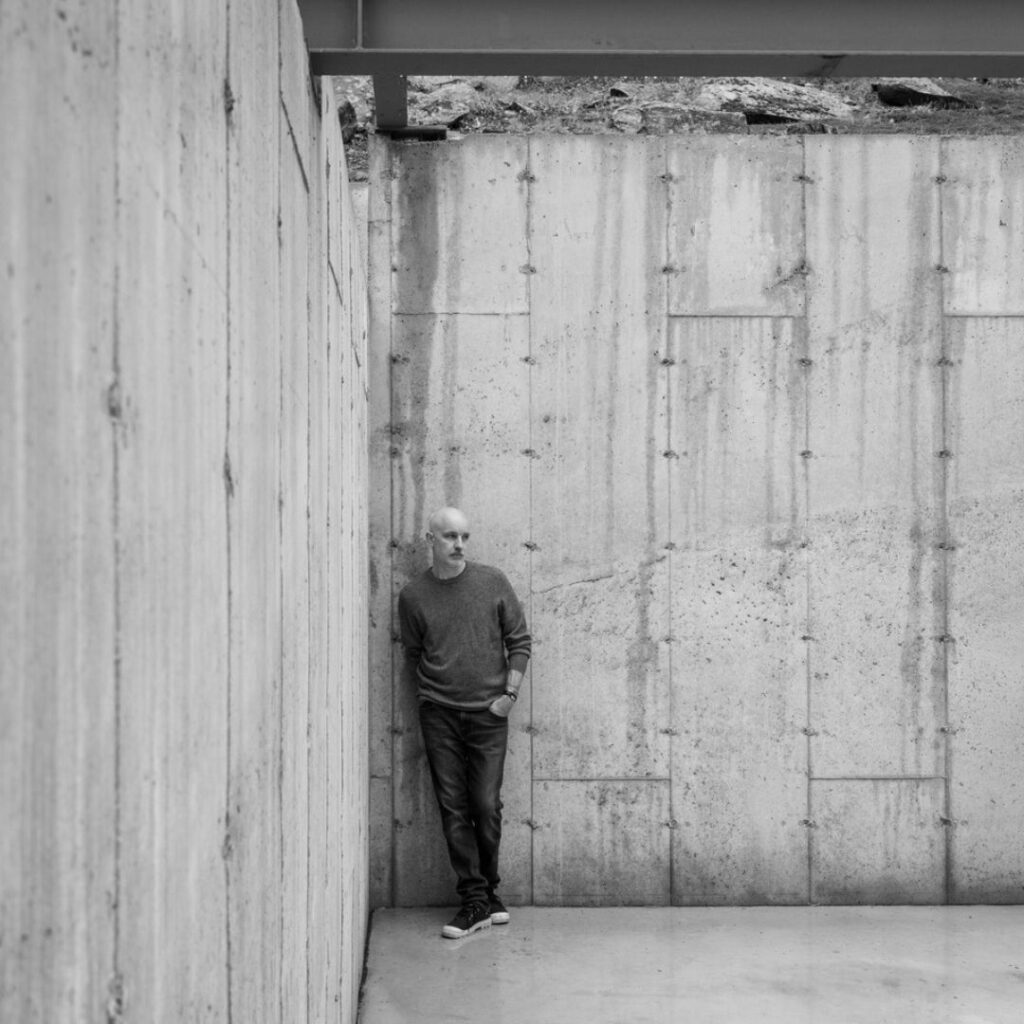stealing conversations with Richard Greenan
For our second mood talk, we spoke with Richard Greenan, passionate radio host and driving force behind Kit Records — an eclectic and playful label hailing from London.
We talk about his undying love for radio and community, seagulls wrecking chaos in town and stealing conversations.
You’ve been running a fortnightly radio show on NTS Radio for close to 10 years and you have also released music of over 50 artists on Kit Records. How did it all start?
The radio show came first in 2011 and the label grew out of that in 2013. People were sending me music to play on the radio and I started meeting musicians and interviewing people. It was quite a natural progression for it to turn into a label. It’s something that has happened to quite a few other radio shows on NTS as well, like Alien Jams and others. It kind of makes sense because you accumulate all this network and it is a really good platform combination as well.
I remember in 2013 I got sent an unreleased album by this guy that lives in Brighton. He said “Oh, do you want to have a listen to this?”. We met in the pub and had some beers. I really liked him and we got on. He had been struggling finding a label to release it and then we decided to just make it on our own. We just made hand-decorated tapes and it just became a label like that. It wasn’t really my plan. The label started quite slowly, but now it has almost been 8 years going on.
I can imagine running a label is quite some work. Did starting the label influence your activities as a radio host?
No, not at all. The label didn’t eclipse the radio show, it’s rather all part of the same thing.
Radio is like releasing anyway. It goes online, lives online, and people listen back to it and stream it, so it kind of lives digitally on the internet. I find it a really good way of playing unreleased music, testing things out and seeing how the audience reacts to new music. When I do a radio show, I kind of see it as a release in itself.
Both channels share a feeling of community and mostly involve people hanging out and meeting. Recently that is obviously quite difficult as all our events got canceled. But the basis of the label and the radio show is definitely this kind of community aspect. Being internationally located in London makes this even stronger, as a lot of musicians get to pass through and come into the studio and so on.
If I really had to choose though, I will definitely choose radio. It’s the thing I enjoy the most. Whether or not I will always make vinyl, I’m not sure. I really love creating things and making things, and I enjoyed learning about it. But there’s also only so much vinyl that can exist in the world. I have done a lot this year and I’m admittedly starting to think, “Shit, I’ve made too much”. It’s quite overwhelming so I’m going to have a few months off to think about where to go from here.
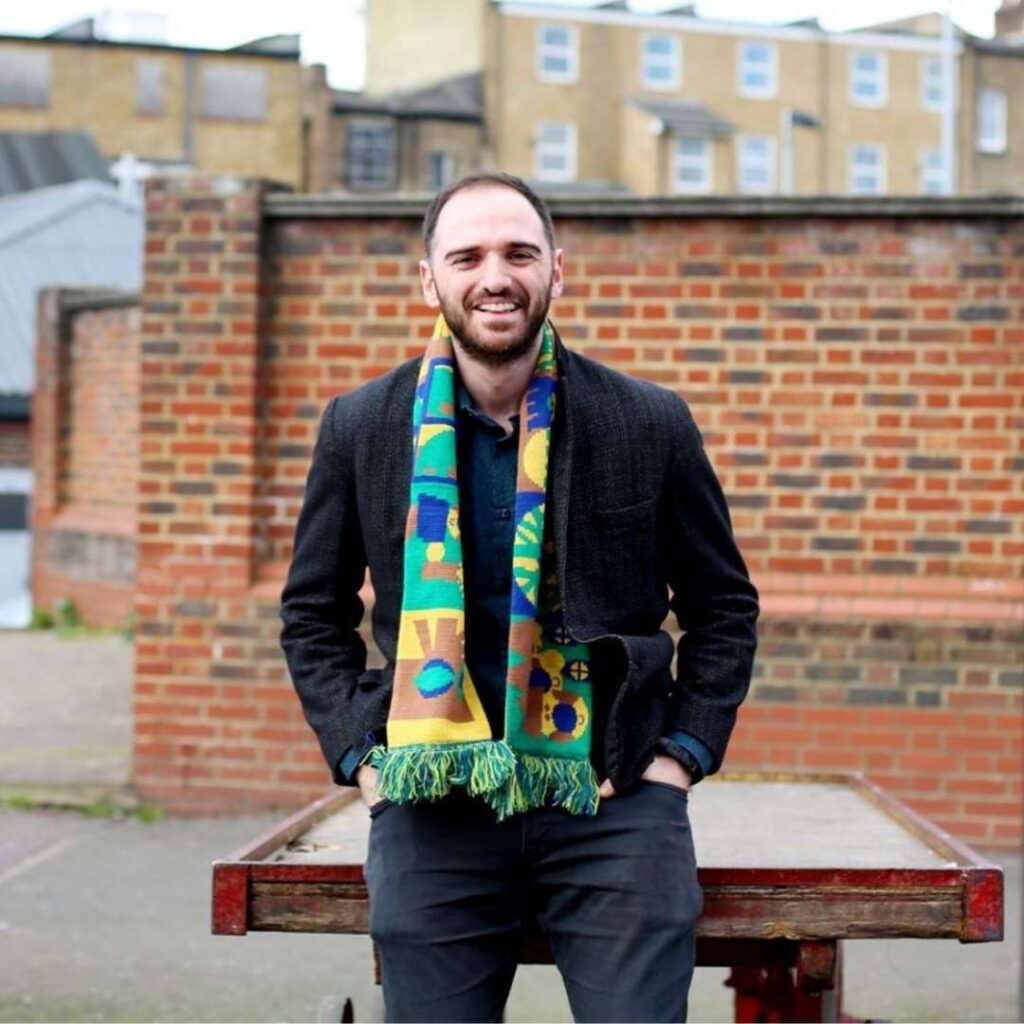
Do you still do your radio shows live at the moment during COVID-19?
No, it’s mostly pre-recorded. Some are live but not sure when we’ll be able to go back into the studio again. It’s complicated. Because everyone’s fiddling with the same buttons. I think they would have to spray everything with disinfectant between each show.
Have you still been able to recreate the same dynamic without playing live?
I do like making pre-recorded mixes, but they take ages. Playing live is more messy and chaotic. Stuff goes wrong and is kind of more funny. You simply can’t go back to a moment in time and fix it. Everyone hears your mistakes, which makes it more human. I have always been a bit sloppy as well and I try to make it not too slick. I like the live radio feeling.
I also like going in the studio and doing it there. You’re standing up, chatting and having a drink. The studio is in Dalston – a part of London with a lot of Turkish restaurants. Afterwards I usually have a meal, so it’s just a really fun routine. I do miss that aspect of it.
How did the show evolve over the years? Do you prepare certain themes for the show or do you improvise a lot?
It has been getting more and more conceptual over the years. I have also been getting a lot more guests. Sometimes NTS even provides me with interesting guests that they think might fit my Sunday afternoon show. We do an interview and that becomes the theme of the show. I simply choose music that fits with the mood.
I generally like to talk on the radio rather than only doing a mix. I like the guests to feel relaxed, so I give them a beer and make them laugh. You can not really plan that at all and that makes the shows more entertaining. If it’s too planned, the guests can’t really relax, so I do my best to deformalize it.
Sometimes there’s no theme at all though and it’s just me choosing music that I enjoy. That’s how the show started and that’s the whole point, anyway. It’s a curational taste thing and I need to keep in touch with that, otherwise the show might lose its identity.
That’s a really nice thing about vinyl, by the way. Records are like books. They might get bent or covered in dust, but they are still physically there. You can always refind them after you completely forgot what they sound like. With digital music, it’s kind of more fleeting. Things can get moved or deleted really quickly.
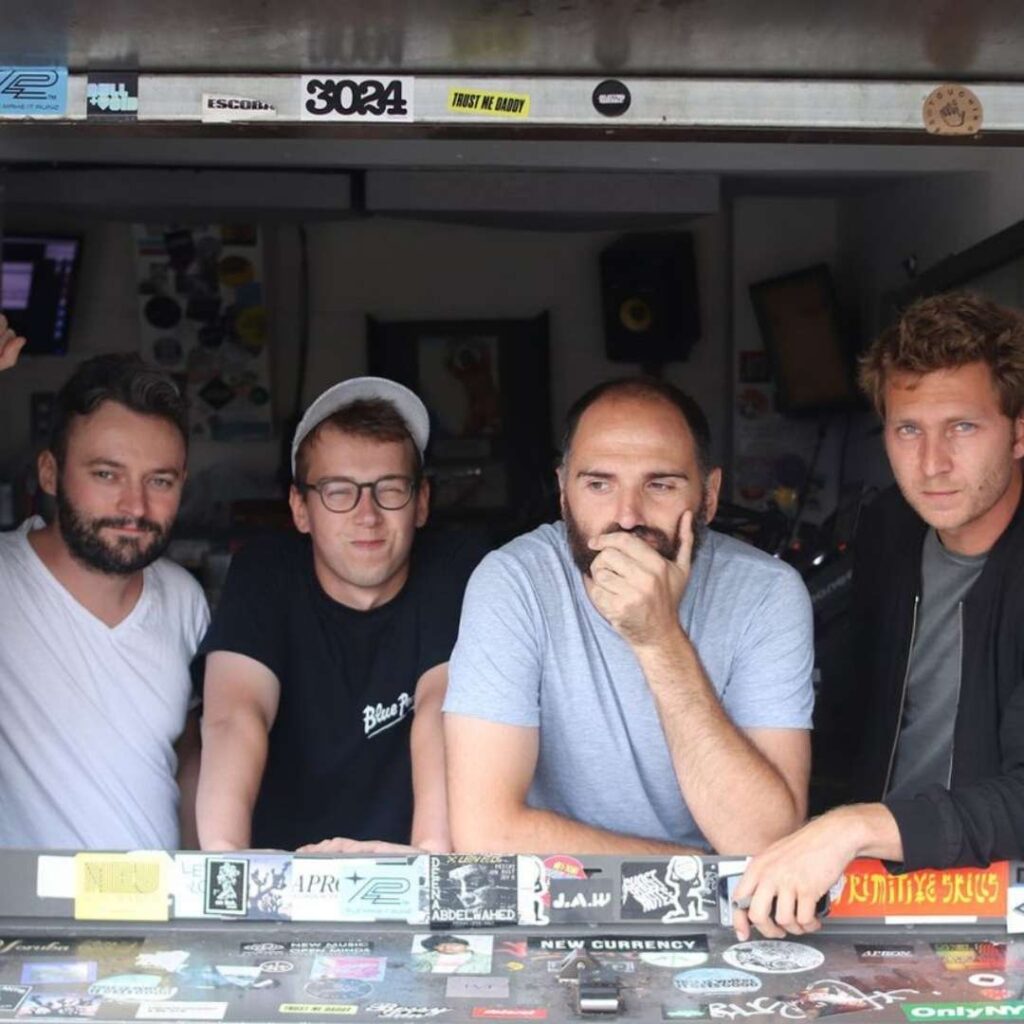
You use a lot of conversations or film snippets in your show. What’s the idea behind these?
It’s kind of documenting what it is like to live in an urban environment. A lot of it is about London as well in particular.
I did a show recently that had lots of conversations of people who live together in a building. It’s from a short film I watched and it’s all recorded in an elevator. Very 90s. It’s quite comic, but also quite human and moving.
I just generally like the idea of a radio show being part documentary, part music. If it’s just music, I really don’t get what’s the point. I like for my shows to have some kind of human element to it. Radio needs that, I think. Some of the releases have them as well actually. The tracks are instrumentals layered with urban recordings.
Next to having an inspirational network of musicians and artists, you also often collaborate with writers. Do they ever write pieces of dialog for your radio show?
No, not really. It’s more for the releases. Often we include little extras such as short stories or poetry.
For some releases like Martin Glass or Electric Capablanca, I worked together with my friend Jack to create a lot of written materials. We did a backstory, the PR campaign, as well as the interviews and booklets. For UNDERMEDVETENHETEN, the Swedish record, we spent so long thinking about ideas and spent ages writing the press release. We even created a little board game to go with it.
We haven’t released any book, but I would quite like to do that. I’d like for the releases to have some kind of extra dimension. Something that makes it a bit more than just a record.
The records are quite varied in sound, but the covers even more so. How are they conceptualized?
We work together with different artists for the covers. It started off with a single illustrator called Sarah who did the first three releases. For the Plinth – Wintersongs record, the cover was a linocut which we did by hand. It represents some kind of winter-y pastoral English countryside scene with rolling hills and trees. It almost looks like an old-fashioned book cover from the 1930’s. For the next record, we used paint. In the beginning, there was definitely a kind of analog DIY aesthetic. Later on, I moved on to do designs myself and I tried to keep true to this DIY aesthetic. Over time, I started to meet other artists and I started incorporating their work.
There used to be some kind of thread. Now the thing mostly holding it together is that they are all different. I used to be very particular. I was scared to let the visual side go off into different directions, but now I mostly don’t care. As a whole, it looks great. If you look at it all at once, it looks quite mad – almost like a mosaic. Some of the artwork is rather amusing or ironic, while other stuff is more uplifting and colorful. I definitely think the visuals are almost as important as the music for the label.

How involved are the musicians with the design?
The music and the design go together. It’s very hard to find a musician that is not interested in the design. I found it’s the other way around, as well. I’ve released music by designers like Cosmic Neighbourhood from Adam Higton. He doesn’t really think of himself as a musician. He thinks of himself as a designer first and foremost. He’s actually a very successful illustrator doing work for NY Times and stuff. His music is very interesting as well. He often incorporates collages in his work and that’s also how he composes music, in quite a primitive way.
Adam’s presence on the label is really important. His music is a big cornerstone for the label, as it kind of shows that you don’t have to be a virtuosic musician to create really wonderful music. His stuff is great, as he’s free from all the anxiety a trained musician normally has. He’s got great ears and he knows what he likes. He records his stuff almost by accident. I love the irony to that, as other musicians can be in great agony over the tiniest elements of sound I can’t even hear.
We have one more question for you. What is your all-time favorite sound?
This might sound cheesy, but I really love bird sounds and I have been recording them often.
I recently moved back to the seaside and I have been enjoying the sound of seagulls. It’s kind of an ugly sound as they are not really the prettiest birds either. They also behave quite horrendously. They destroy rubbish and create chaos in the town. But still people really have an affection towards them. There’s just something about them that’s quite funny and lovable.
There’s some good birds in London, as well. The black birds are probably the best singing birds in the UK. They’ve got the biggest repertoire of songs and make a lot of different noises. They don’t just do the same call over and over like a broken record, but they have 7 or 8 different tunes. Back in the 70’s, some tropical birds were also released in London. They sound quite out of place, but it kind of suits London as a multicultural place.
Aside from birds, I also like the sound of people talking. Shops in London are a good source. I like the conversations between shopkeepers and buyers. I like to steal that. I also record in other countries every now and then. Just capturing voices even if I don’t know what they are saying. I like the way people speak in Norway. There’s something about the way it goes up and down. It’s very lyrical and almost melodic. We actually used a Norwegian voice on the album Kystwerk of Roméo Poirier. Not a lot of people get it, but i love it.

